About Acupuncture
Acupuncture originated in China and belongs to a well-established and complex system of medicine that has been studied, developed and refined over millennia, adapting to new knowledge whilst maintaining contact with the universal principles that define it. Very fine needles are inserted into carefully chosen points on the body for therapeutic and preventative purposes. Points are also stimulated in other ways, for example by the warming technique of moxibustion. Acupuncture can benefit people of all ages.
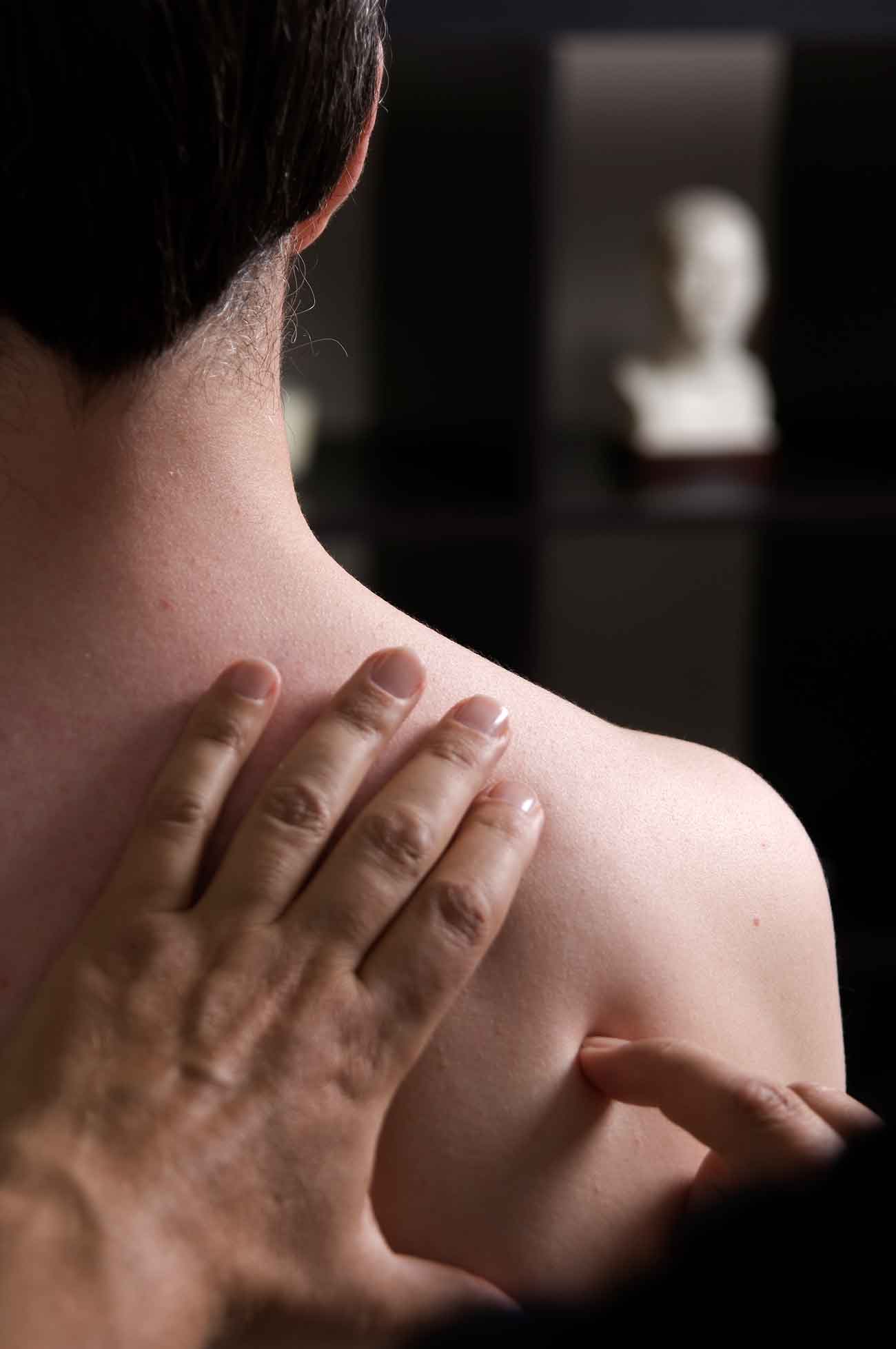
There are different styles of acupuncture. These can be divided into three broad categories: Traditionally based systems of acupuncture, contemporary styles of acupuncture such as dry needling, and microsystems eg. ear acupuncture.
Traditional Styles of acupuncture use a theoretical knowledge that guides the diagnosis, selection of points and additional techniques. In traditional acupuncture, physical, emotional and mental aspects of life are seen as interdependent, and understanding the relationship between them is central to making a diagnosis and treatment plan. The focus is on the whole individual rather than just a particular sign or symptom in isolation.
How Acupuncture Works
Treatment at the Acupuncture points affects not only the area around the point, but also has an effect elsewhere in the body. It is understood that stimulation of the points influences microcirculation, the nervous system and hormonal balance, fascia and soft tissue/muscle. Scientific inquiry continues to investigate the pathways, mechanisms and effects of acupuncture and the correlations with those recorded by early acupuncturists.
Chinese and East Asian medicine describes acupuncture, amongst other aspects, as accessing and regulating the flow of Qi and Blood throughout the body via a network of pathways called channels or meridians. In very general terms within the context of Chinese Medicine, the word Qi describes the functional qualities of movement and motive force within a human being, and the word Blood is used in reference to aspects of nourishment. The channels are seen as more than just structural pathways, and rather an interdependent matrix of all functions within the human being. This very different frame of reference offers a unique way of understanding health and disease, where patterns of imbalance in one aspect can have widespread effects through other aspects of the whole system.
“Acupuncture has its own diagnostic system, that of Chinese Medicine, which due to its holistic nature provides a truly individual approach to treatment.”
Associated Techniques
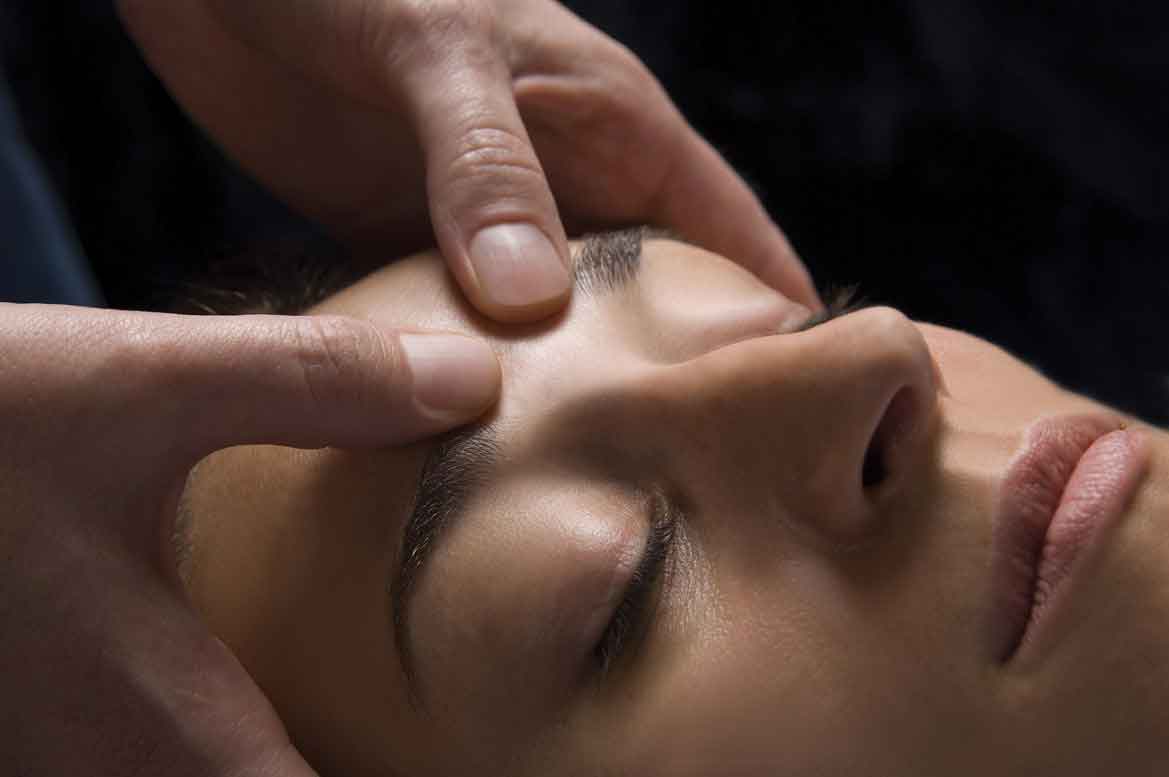
Acupressure
Acupressure massage or Tuina is a style of massage rooted in oriental medicine. It uses a wide range of massage techniques directed towards meridians and points, which are believed to have particular effects and areas of influence. It is given in a seated or lying position, often through light clothing. Liz sometimes uses palpation and acupuncture massage techniques before or during an acupuncture treatment, but acupressure can also be used with those few for whom acupuncture is unsuitable. Acupressure massage can be used both therapeutically and in a preventative way, or just as an enjoyable and relaxing massage.
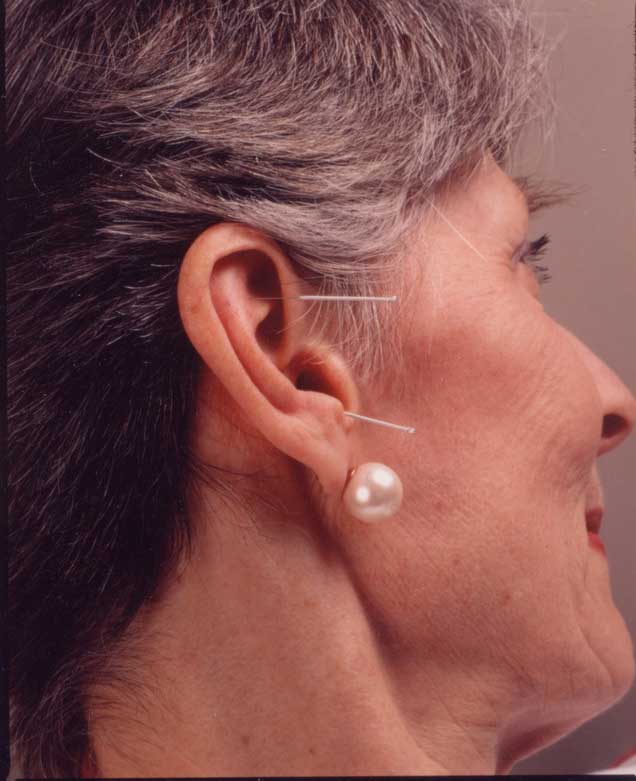
Ear Acupuncture
Ear (auricular) acupuncture involves the use of very fine needles in specific points in the outer ear. Liz choses the points according to Chinese Medicine diagnosis and more modern theories, guided by specialist pulse taking skills, to ensure treatment is specific to individual needs. Ear acupuncture can be used alongside traditional acupuncture, or in some cases on it own.
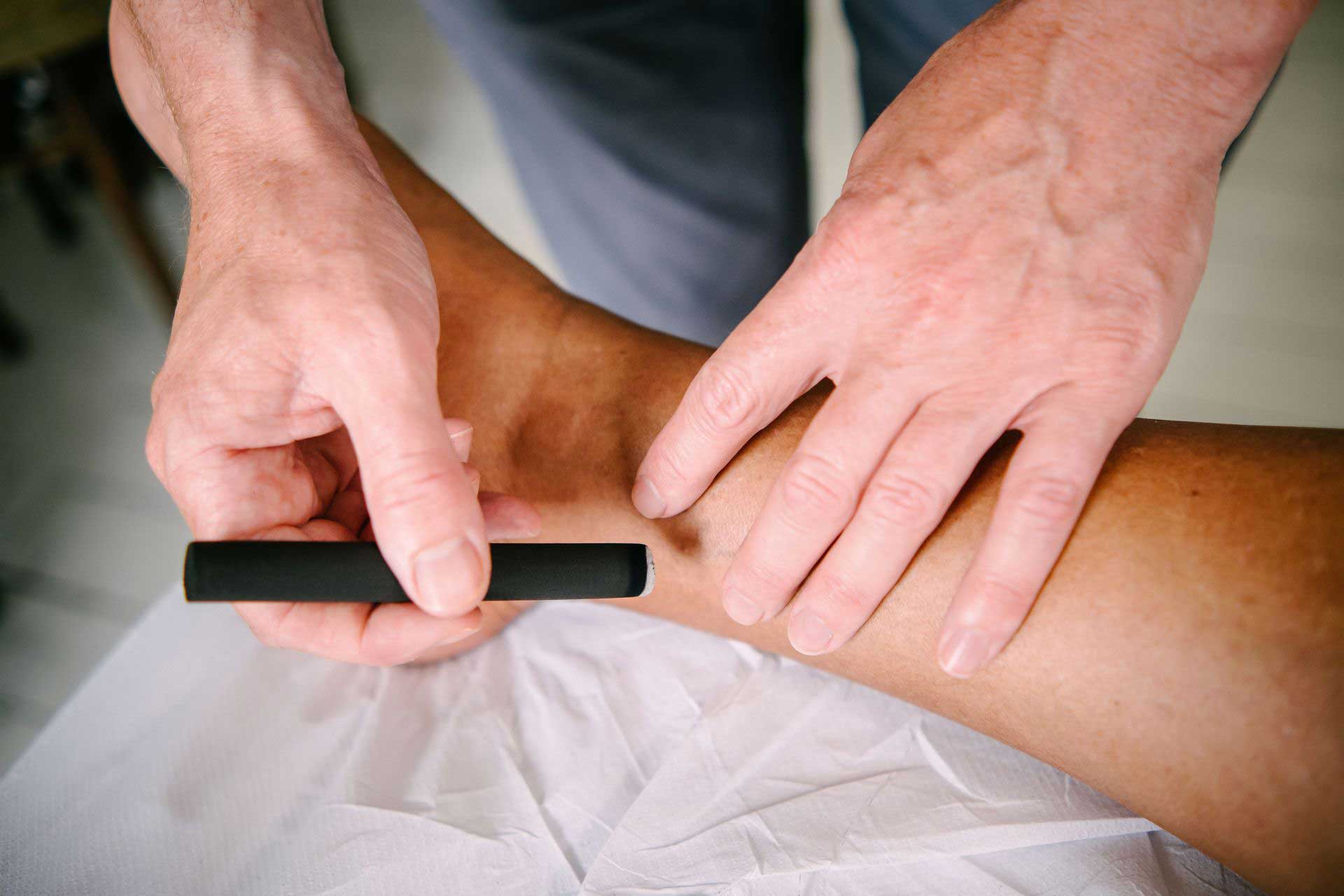
Moxibustion
Moxibustion is the use of moxa, made from the dried herb mugwort (Latin name: Artemisia vulgaris) – to warm and stimulate acupuncture points. The herb is lit and its gentle heat permeates into the body over the skin or through a needle. Moxa is sometimes used when the patient’s complaint is seen in Chinese medicine as a “cold” condition, or as a different way to tonify certain points.
Moxibustion is an essential part of Chinese medicine, used alongside acupuncture, and patients often report how soothing and enjoyable they find the gentle warmth of this treatment.
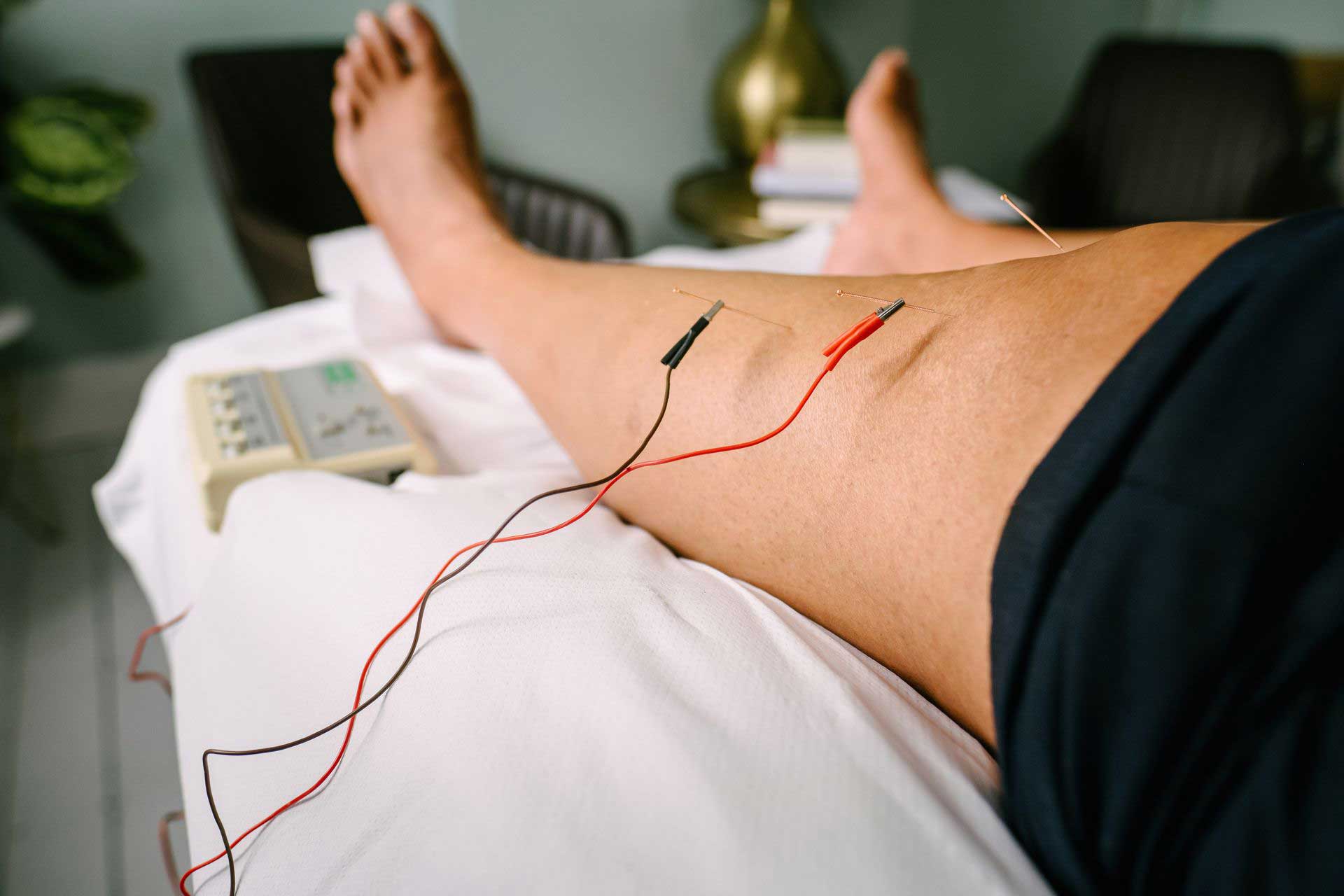
Electro-acupuncture
A more recent addition to the practice of acupuncture, electro-acupuncture is the use of a gentle low frequency stimulation to the needles. It can feel like a gentle tingling or tapping, and is kept to a comfortable intensity. As with cupping, it is not suitable for all people or all conditions, but may be used where appropriate to your needs.
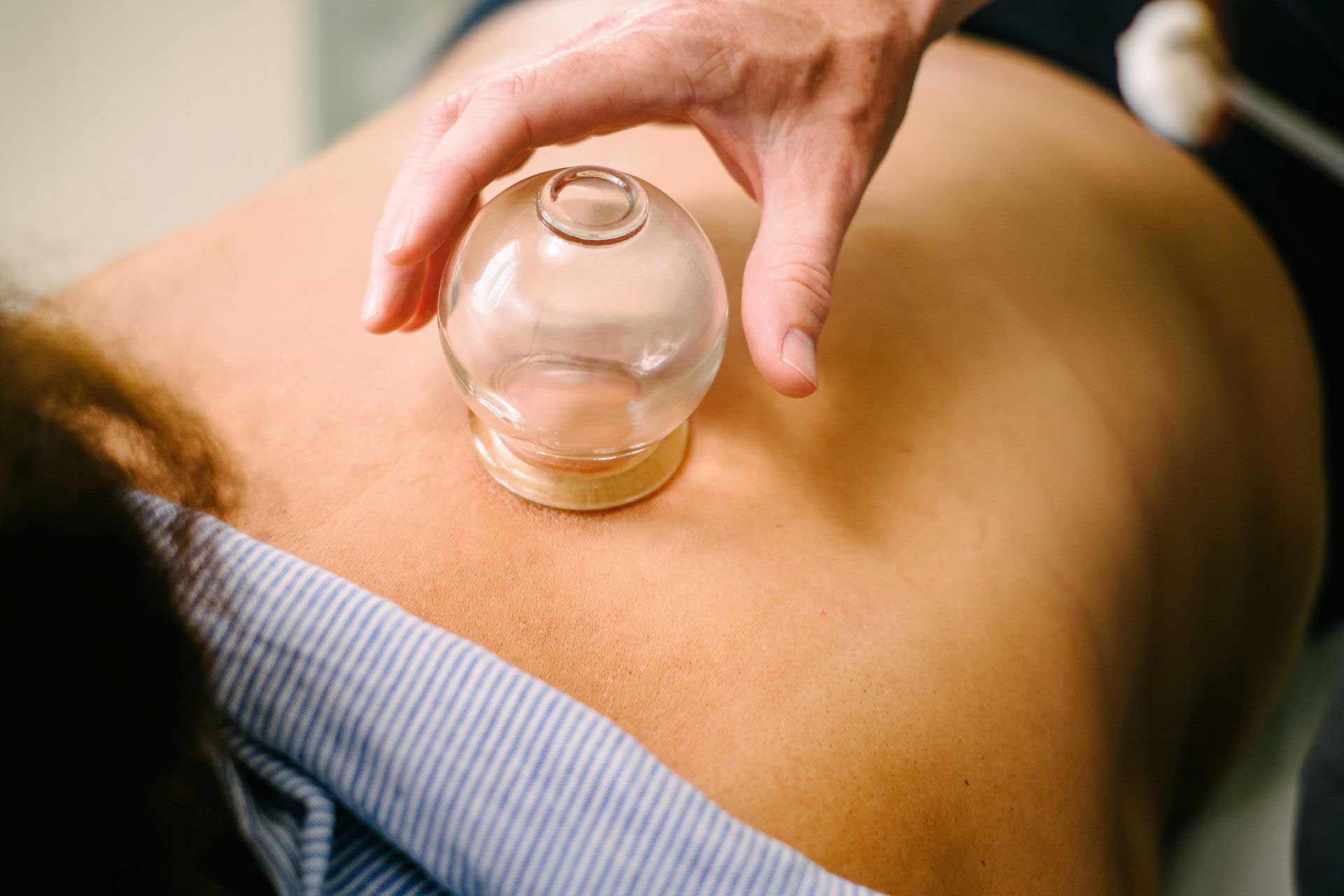
Cupping
Cupping is a traditional adjunct to acupuncture. It combines well with acupuncture and there are many cupping techniques used for different therapeutic effects. The traditional use of fire to create suction within the cups is now often replaced by the use of specially designed suction cups. Some of the stronger cupping techniques can leave temporary marks which fade within a few days. However Liz tends to use a gentle cupping technique.

